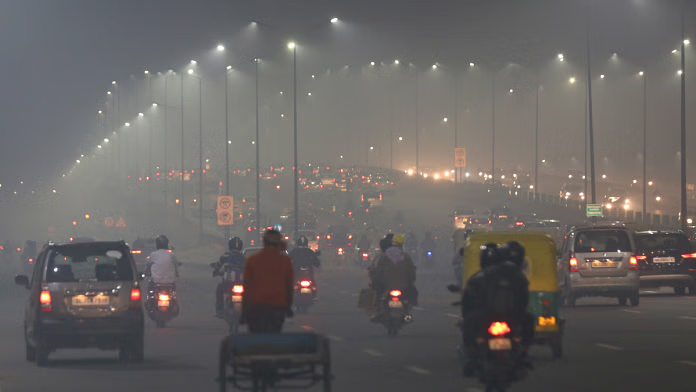Introduction
Delhi’s air quality has long been a concern, with pollution levels often reaching hazardous levels Delhi air quality. In 2025, the city has implemented several initiatives aimed at improving air quality. This blog explores these measures, assessing their progress and the challenges that remain.
Cloud Seeding Trials: A Novel Approach
In a pioneering move, the Delhi government approved five cloud seeding trials to combat air pollution. Collaborating with IIT-Kanpur, these trials aim to induce artificial rainfall to cleanse the atmosphere. Each trial is estimated to cost around ₹55 lakh, with a total budget of approximately ₹3.2 crore. The trials are scheduled for mid-June, targeting areas in northwest Delhi. However, approvals from various central agencies are pending, including the Ministry of Environment and the Directorate General of Civil Aviation. [Source]
Dust Pollution Control Measures
To address dust pollution from construction activities, the Delhi government mandated that building plans will only be sanctioned after construction sites register on the Delhi Pollution Control Committee’s (DPCC) dust pollution control portal. This applies to all projects on plots of 500 square meters or more. Project proponents must perform self-audits based on dust control parameters and submit bi-weekly declarations. Measures include 360-degree CCTV surveillance and installation of particulate matter sensors. [Source]
Strengthening the DPCC
The Delhi government has made significant progress in staffing the DPCC, reducing vacancies from approximately 60% in mid-2024 to 34% as of May 2025. Efforts are ongoing to further reduce this rate to 25% by the end of June. This enhancement is crucial for effective monitoring and enforcement of pollution control measures. [Source]
Electric Vehicle (EV) Infrastructure Expansion
Delhi’s new EV policy aims to establish fast-charging stations every five kilometers, particularly along the Outer Ring Road. The initiative includes subsidies for retrofitting EV kits and scrapping older vehicles. The government targets 95% of new vehicle registrations to be electric by 2027, significantly reducing urban pollution. [Source]
Graded Response Action Plan (GRAP) Adjustments
Due to improved air quality, aided by rainfall and strong winds, the Commission for Air Quality Management (CAQM) revoked GRAP Stage I measures. However, agencies are urged to continue adhering to pollution control directives to prevent deterioration. [Source]
Challenges Ahead
Despite these initiatives, challenges persist. The National Clean Air Programme (NCAP), launched in 2019, aimed for a 20-30% reduction in particulate matter concentrations by 2024, later extended to a 40% reduction by 2026. However, only 31% of the 131 NCAP cities met the initial targets, indicating the need for intensified efforts. [Source]
Conclusion
Delhi’s multifaceted approach to improving air quality in 2025 demonstrates a commitment to tackling pollution through innovative and regulatory measures. While progress is evident, sustained efforts and regional collaboration are crucial to achieving long-term air quality goals.
Call to Action
Stay informed about Delhi’s air quality initiatives and participate in community efforts to reduce pollution. Your involvement can make a significant difference in creating a healthier environment for all.


